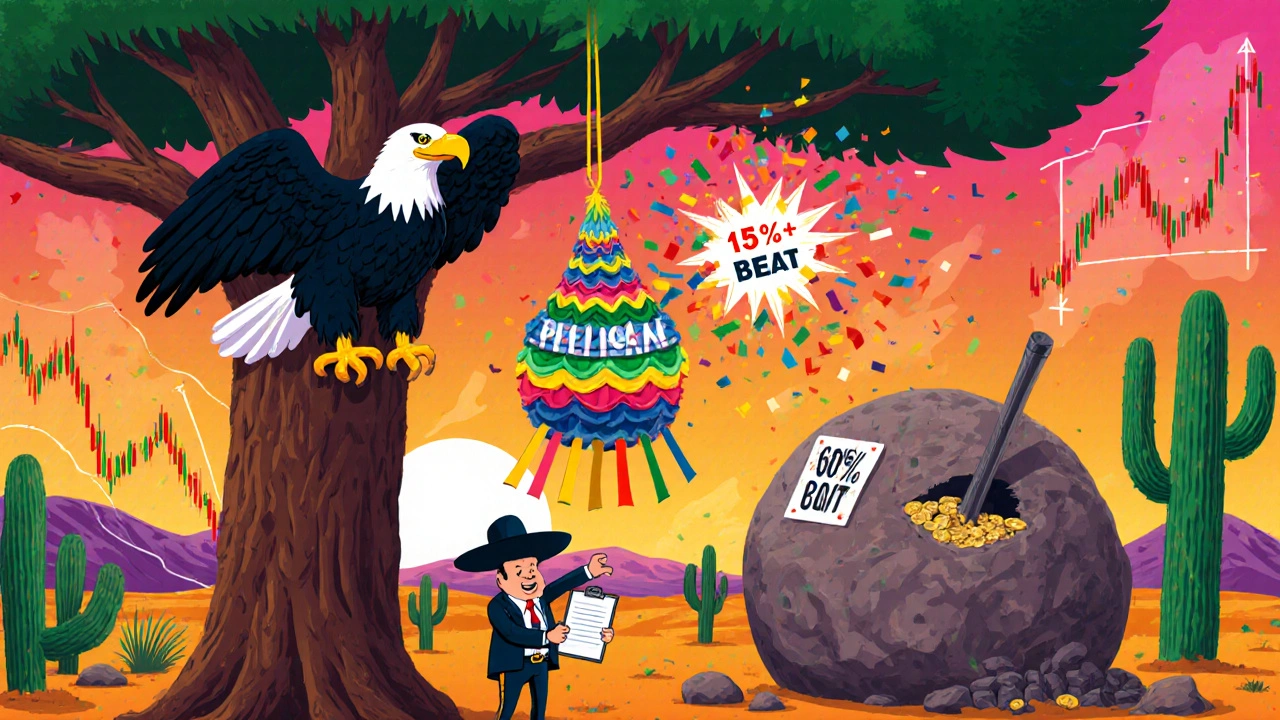Policy Shifts: How Government Changes Impact Your Investments
When governments change rules—whether it’s a new tax law, tighter regulations, or a shift in interest rates—that’s a policy shift, a change in government rules or priorities that directly affects financial markets and investor returns. These aren’t just headlines. They move money. They change which assets rise and which fall. And if you’re investing in global or frontier markets, you can’t afford to ignore them. A policy shift in Brazil might boost local REITs by limiting foreign ownership rules. A change in U.S. fiscal policy could make industrial REITs more valuable by accelerating infrastructure spending. Even something as simple as a central bank adjusting rates can ripple through emerging market bonds and ETFs.
These shifts don’t happen in a vacuum. They connect to other key players in your portfolio. Investment regulation, government rules that control how markets operate, what financial products are allowed, and who can invest directly shapes whether you can buy certain ETFs abroad or if a crypto platform must report your trades. Market regulation, the oversight of trading practices, transparency, and fraud prevention determines how safe your money is when you invest in a lesser-known stock exchange. And economic policy, the broad strategy governments use to manage inflation, employment, and growth tells you whether a country is becoming more or less attractive for long-term investors.
Look at the posts here. You’ll see how policy shifts show up in real ways: residential REITs affected by rent control laws, industrial REITs boosted by warehouse demand from new trade policies, and credit scores indirectly shaped by wage access rules that change how people manage cash flow. Even inflation—something you feel at the grocery store—is often the result of monetary policy decisions made months or years earlier.
There’s no magic formula to predict every policy change. But you don’t need to. You just need to know where to look. Countries with unstable governments? Watch for sudden tax hikes or currency controls. Emerging markets with growing economies? Watch for new rules on foreign investment or infrastructure spending. Frontier markets? Watch for how they’re trying to attract capital—and what they’re willing to give up to get it.
What follows isn’t theory. It’s real examples from real markets. You’ll find step-by-step breakdowns of how recent policy moves impacted specific assets, what signals to watch for next, and how to adjust your portfolio before the next shift hits. No jargon. No fluff. Just what matters to your money.

Event-Driven Rebalancing: How Rate Hikes, Earnings, and Policy Change Your Portfolio
Event-driven rebalancing uses real market events-like Fed rate hikes, earnings surprises, and policy shifts-to adjust your portfolio. It outperforms traditional methods during volatile periods and reduces volatility, but requires discipline to avoid false triggers and unnecessary trading costs.

Political Regime Risk: How Elections and Policy Shifts Abroad Impact Your International Investments
Elections and policy shifts abroad are now major drivers of investment risk. Learn how political instability affects global markets, which sectors are most vulnerable, and what steps you can take to protect your international investments in 2025.